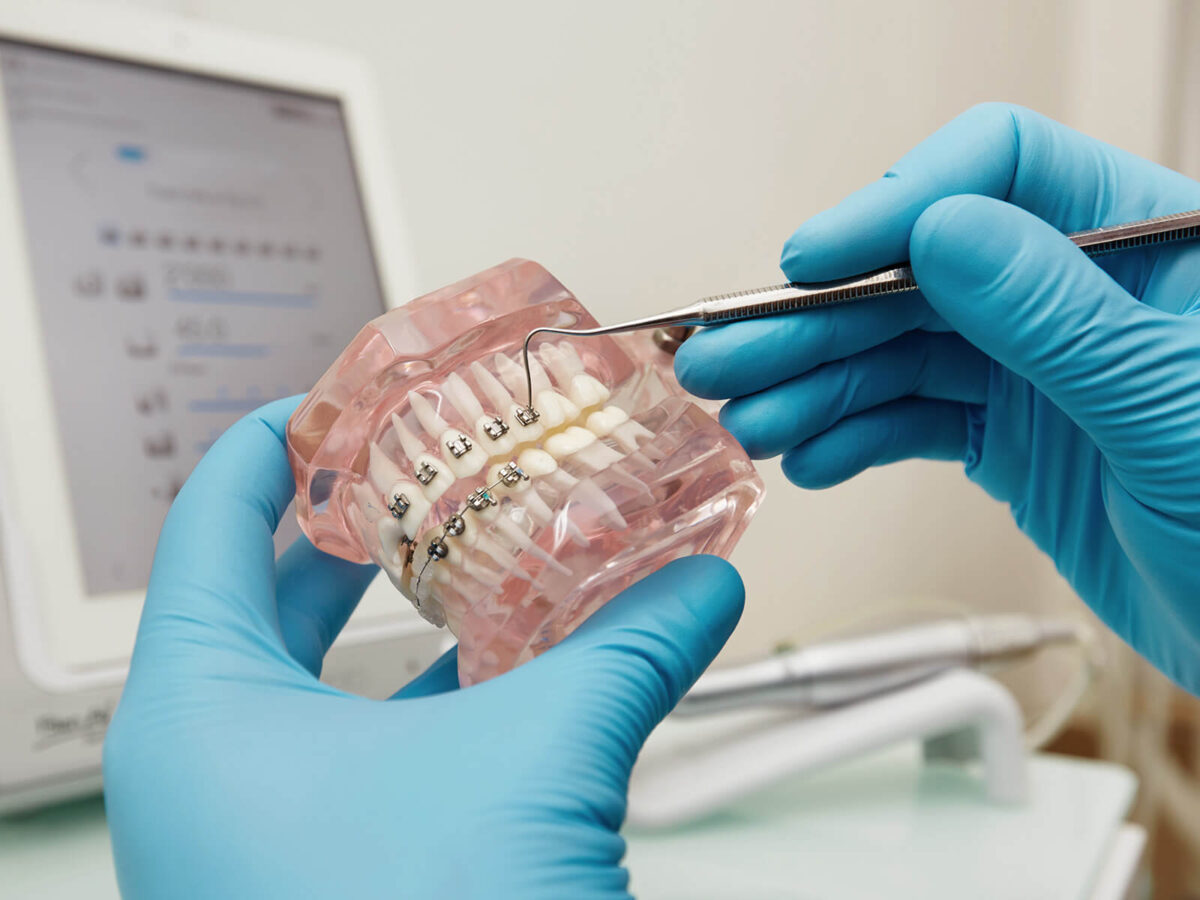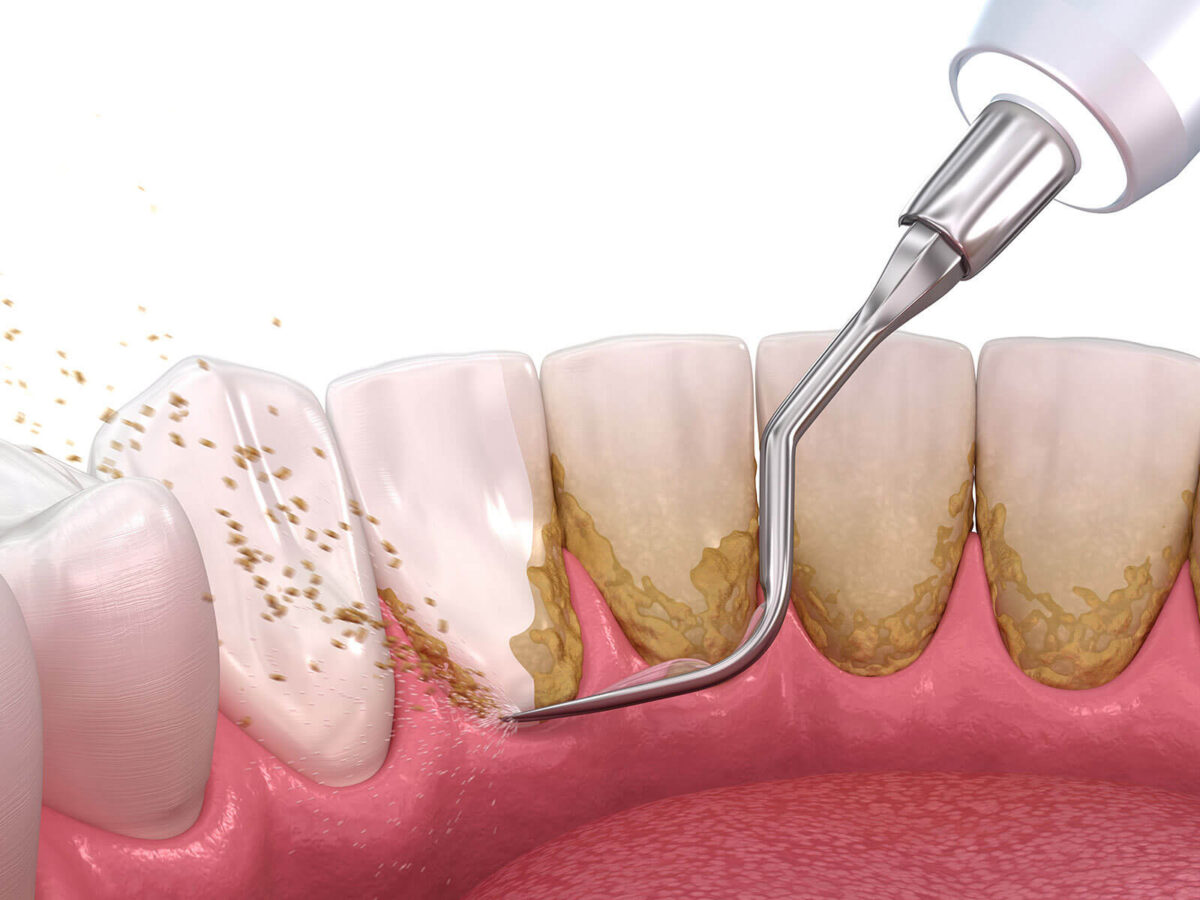The history of braces is fascinating. They have changed a lot over the ages, from simple dental tools for straightening teeth to fashion statements that show off your style. A critical change in braces is the addition of red and black patterns, also known as red and black braces, turning them from plain tools to stylish ornaments. This piece goes into great detail about the long history of braces evolution.
It talks about how they were first used for practical reasons, how styles changed over time, and how red and black braces became a popular way to show who you are.
The First Orthodontic Tools:
There are records of orthodontics and braces being used in ancient times. Archaeological evidence shows that the Etruscans were the first people to try to fix their teeth. They used gold bands to hold their teeth together. In ancient Rome, Aulus Cornelius Celsus wrote about straightening teeth by pressing on them with your fingers.
These early methods, on the other hand, were less precise and effective than modern orthodontics.
The Rise of Modern Braces:
The natural rise of braces started in the 18th century, when Pierre Fauchard, a French dentist often called the “father of modern dentistry,” created a device called the bandeau. There were evenly placed holes in the horseshoe-shaped bandeau that could hold a piece of thread and keep the teeth in place.
There were more improvements in the 19th century when gum elastics and wires were made to help move teeth. But these early braces were unlike the sleek and discreet ones we use today.
From the beginning to the middle of the 20th century, braces were mainly made to work, not look good. Stainless steel or other metals were often used for bands, wires, and clamps. The main goal was to fix misalignments and malocclusions. People thought orthodontic treatment was a practical necessity rather than a choice because braces were usually big and easy to see.
The Addition Of Coloured Bands:
In the last few years of the 20th century, dental offices started using colored bands on braces, which was a significant change. Patients, especially younger ones, could make their dental devices more unique with this new invention. With the help of colorful bands, people could show off their personalities and make having braces a little more fun.
- Patterns in red and black:
As the trend of colored bands grew, people who liked the look of red and black patterns started to choose them, and the red and black braces became famous. Red and black, often worn together in stripes, checks, or alternating designs, were a bold and stylish alternative to solid colors. People used to think of braces only as a practical accessory, but this change in orthodontic fashion added a way to express oneself.
- Now that braces are in style:
There are even more ways to customize braces today than in the past. People can now get braces in different colors, patterns, and unique designs. But red and black patterns are still a standard and popular choice because they show that you are both sophisticated and unique.
- The Influence of Pop Culture:
The popularity of red and black patterns on braces is partly due to how often they appear in pop culture. Movies, TV shows, and famous people have helped make braces a fashion item instead of something that makes people feel self-conscious. Because of this, people are jumping at the chance to make their dental journey a fashion statement.
- Improvements in Braces Technology:
The development of braces isn’t just about how they look; significant improvements in orthodontic technology have also played a part. Today’s braces look better, are more comfy, and work better than the ones that came before. Clear aligners, a more discrete option to traditional braces, are becoming more popular because they look almost like nothing.
- Giving People More Power:
The popularity of red and black patterns on braces shows a more significant societal shift towards valuing individuality and accepting different ways of expressing oneself. Patients, especially teens and young adults, see their time in orthodontics as a chance to show off their style and personality.
Wrapping Up
Braces have changed from simple orthodontic tools to fashionable ornaments. This shows how fashion, technology, and personal expression have come together. These days, red and black braces have made them more than just tools for fixing problems; they’re also a way for people to show themselves.
As dental techniques keep changing, it’s clear that a celebration of differences and uniqueness has replaced the shame once attached to braces. People getting orthodontic treatment can now wear their braces with pride owing to patterns in red and black, among other colors and styles. What used to be a necessity has become a fashion statement.



